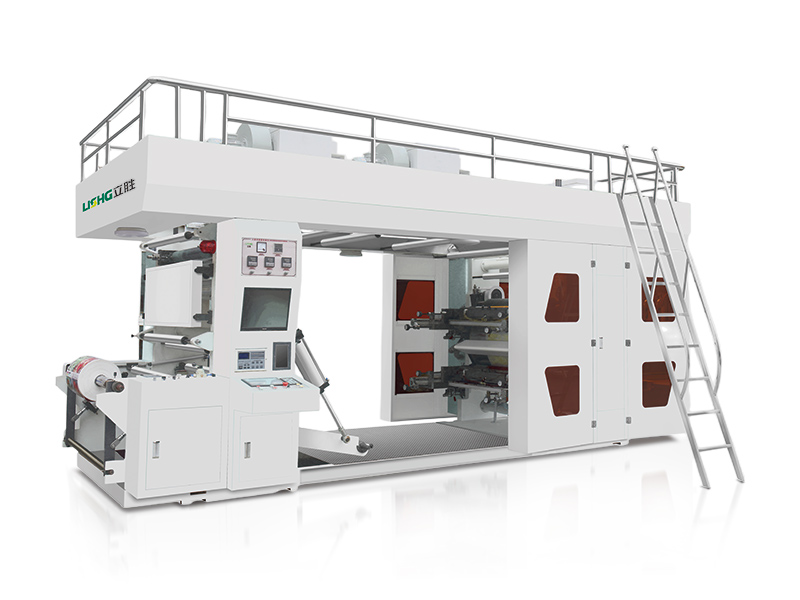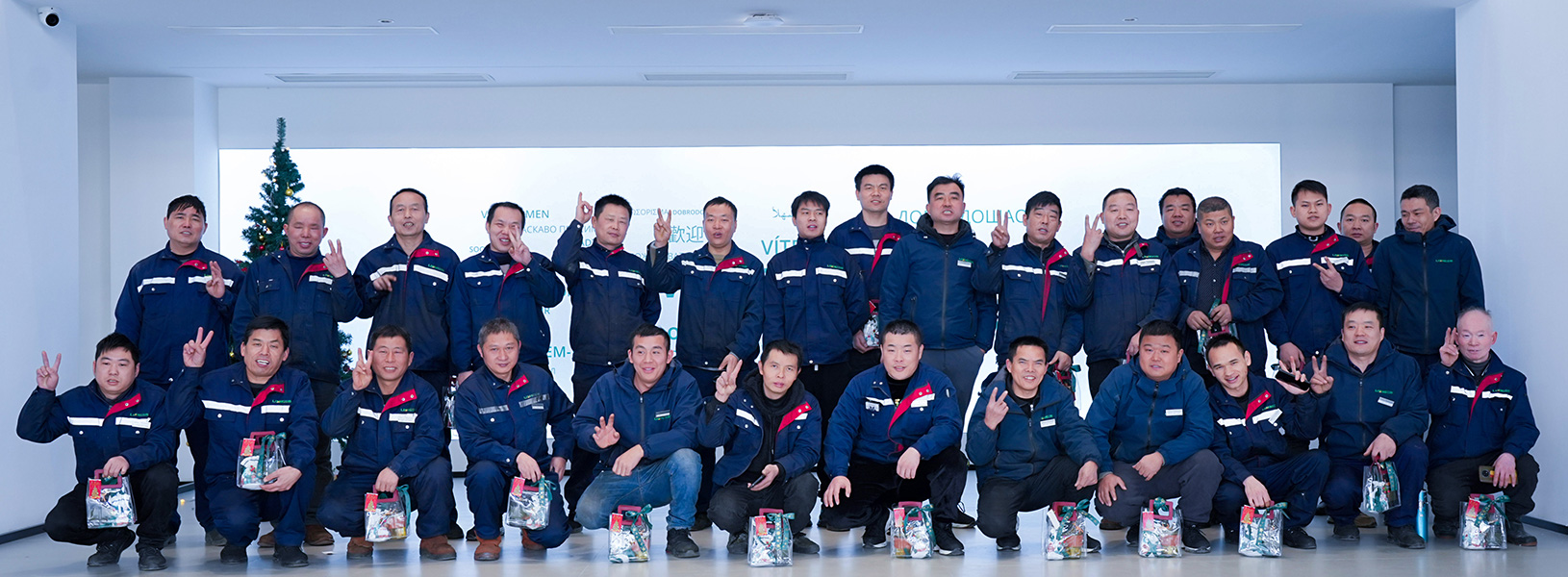
CI Flexo vs Inline Flexo: 8 Key Differences
Flexographic printing, or flexo, has become a cornerstone in the production of packaging and labels due to its versatility, speed, and cost-efficiency. Among the various flexo configurations, CI Flexo (Central Impression) and Inline Flexo are the two most widely adopted technologies. Each offers distinct advantages depending on the application, substrate, and production scale.
Understanding the differences between CI flexo printing machines and inline flexo printing machines is essential for brand owners, converters, and procurement teams seeking to optimize print quality, cost-efficiency, and flexibility.
This article outlines the 8 key differences to help you choose the flexo technology best suited to your needs.
What Is CI Flexo?
CI Flexo, short for Central Impression, is a flexographic printing configuration where all printing decks are arranged around a single large central impression drum. The substrate is held against this central drum during the entire printing process, ensuring exceptional registration accuracy.
Learn more: Best 6 Ci Flexo Printing Machine Manufacturer
How it works:
The CI printing machine feeds flexible substrates through multiple color stations arranged around a central cylinder. This tight control reduces material stretch and ensures consistent print registration, even at high speeds.
Typical applications:
CI flexo printing machines are primarily used for large-scale production of flexible packaging in the food, beverage, and personal care industries.
Key characteristics:
-
High-speed production (400–600 m/min)
-
Wide web widths (typically 850 mm and above)
-
High registration precision
-
Best suited for solvent-based inks
-
Excellent for printing on films, foils, and multilayer substrates
What Is Inline Flexo?
Inline Flexo printing machines have their print stations arranged sequentially along a straight line. The substrate moves directly from one station to the next, with each unit independently controlling its print process.
Origins and evolution:
Initially developed for label printing, inline flexo systems have evolved to accommodate a wider range of substrates including shrink sleeves, in-mold labels, and certain types of flexible packaging.
Ink compatibility:
Inline flexo commonly uses UV, LED, and EB (electron beam) inks, which offer rapid curing and low migration properties—ideal for food-safe and pharmaceutical applications.
Key characteristics:
-
Medium printing speed (200–300 m/min)
-
Narrow to mid web widths (430–670 mm)
-
Ideal for short runs and variable SKUs
-
High flexibility for add-ons like cold foil, die-cutting, and digital printing
-
Suitable for label, paper, and thin film printing
CI Flexo vs Inline Flexo: A Comparative Table
Below is a side-by-side comparison of CI flexo printing machines and inline flexo printing machines across 8 critical dimensions.
| Feature | CI Flexo | Inline Flexo |
|---|---|---|
| Print Width | Wide (typically 850 mm or more) | Narrow to medium (430–670 mm) |
| Print Speed | Higher (400–600 m/min) | Moderate (200–300 m/min) |
| Substrates | Multilayer films, laminates | Labels, shrink sleeves, paper |
| Ink Type | Solvent-based | UV, LED, EB (low migration) |
| Registration Accuracy | Very high (central drum control) | Dependent on tension and alignment |
| Cost Suitability | Ideal for long runs | Ideal for short runs and SKUs |
| Inline Flexibility | Limited add-ons | Highly modular, supports hybrid |
| Application Areas | Flexible packaging for food, etc. | Labels, sleeves, custom packaging |
Market Trends and Technological Shifts
The flexographic industry is not static. Both CI and inline technologies are evolving to meet changing market needs and regulatory requirements.
-
CI Flexo machines are being adapted for narrower web widths to serve mid-volume jobs and improve flexibility.
-
Inline Flexo is expanding into medium-width formats to take on soft packaging segments traditionally dominated by CI machines.
-
With the rise of low migration inks, such as EB-curable systems, inline flexo is becoming more suitable for food-safe applications.
-
Hybrid printing systems—which combine inline flexo with digital, gravure, or screen modules—are gaining popularity, allowing converters to meet demand for personalization and fast turnarounds.
Which Is Right for You?
Choosing between a CI flexo and an inline flexo printing machine depends on your business model, product types, and customer demands. Below are a few practical guidelines:
-
Go with CI Flexo if you:
-
Handle high-volume jobs with long print runs
-
Print mostly on flexible films or laminates
-
Prioritize ultra-high-speed production and registration
-
Use solvent-based inks
-
-
Choose Inline Flexo if you:
-
Print diverse SKUs or short runs
-
Require high flexibility with inline enhancements
-
Print labels, shrink sleeves, or folding cartons
-
Need quick job changeovers and lower waste
-
Consider factors such as total cost of ownership, energy consumption, environmental compliance, and ease of operation when making your final decision.
Conclusion
There is no one-size-fits-all solution when it comes to flexographic printing. Both CI flexo printing machines and inline flexo printing machines have their place in modern print operations. By understanding the core differences between CI and inline flexo systems, print businesses can make informed decisions that align with their production goals, market requirements, and long-term sustainability efforts.
Whether you’re investing in your first flexo press or upgrading your existing line, the right choice can dramatically improve efficiency, print quality, and profitability.





